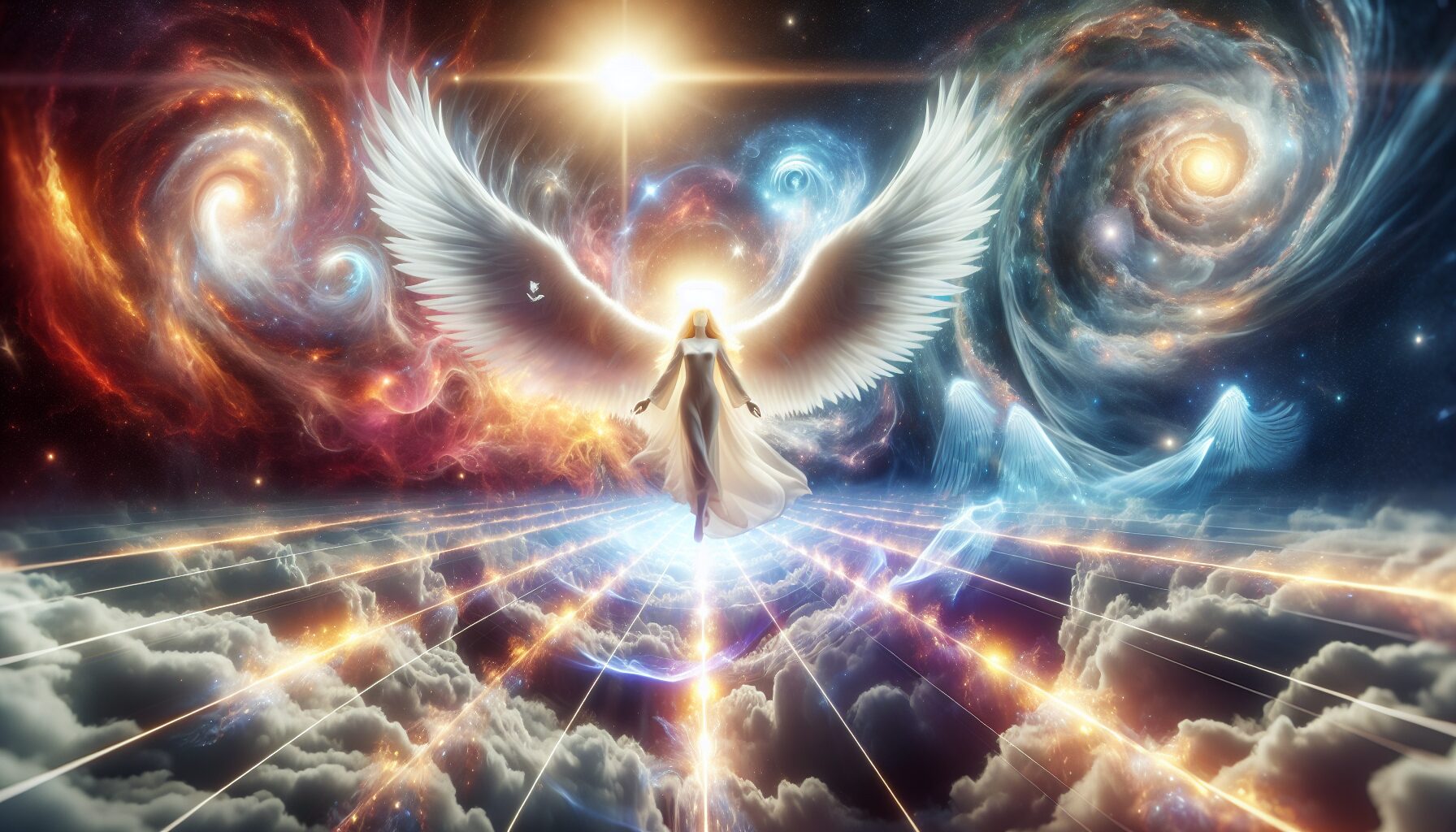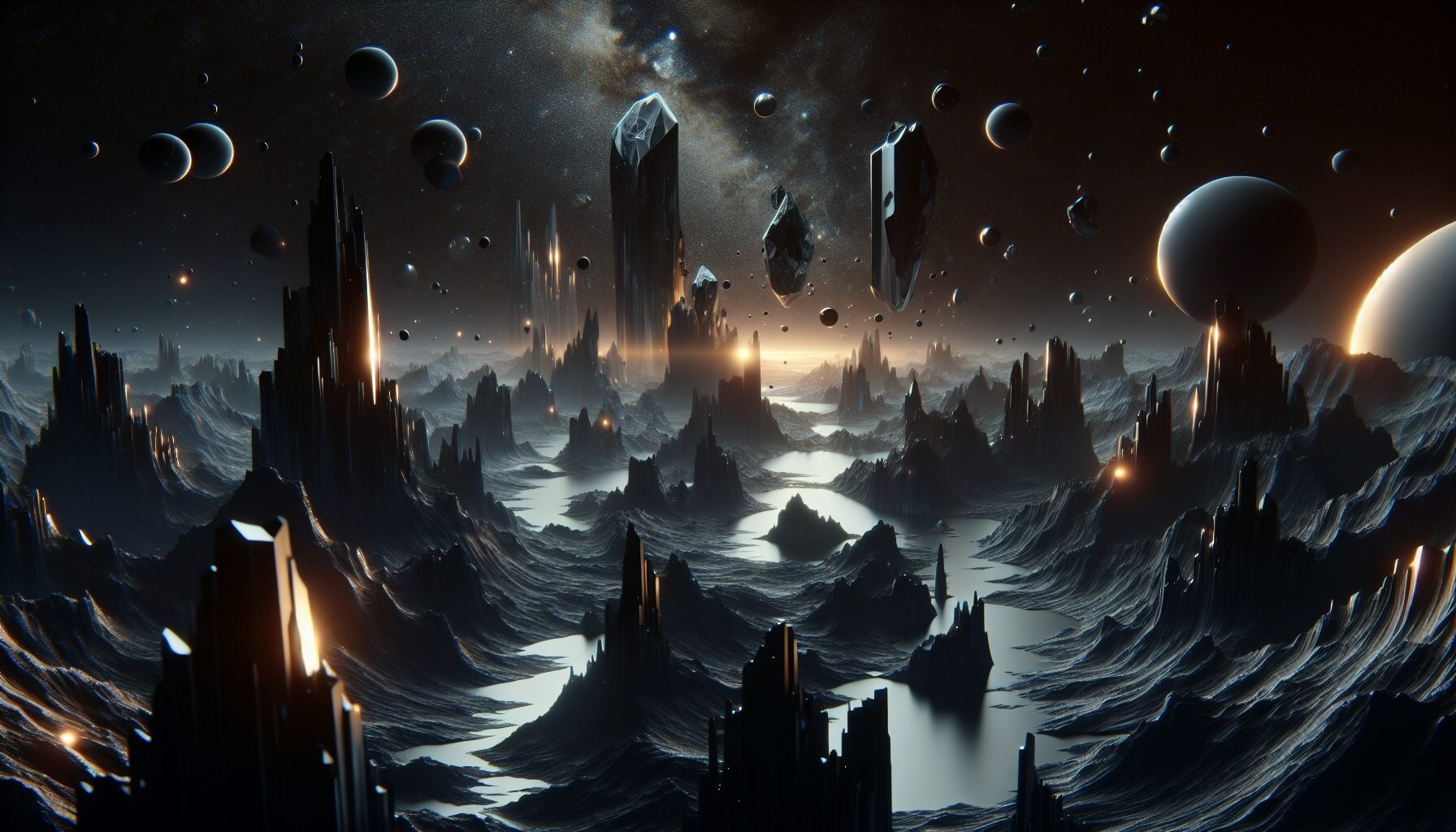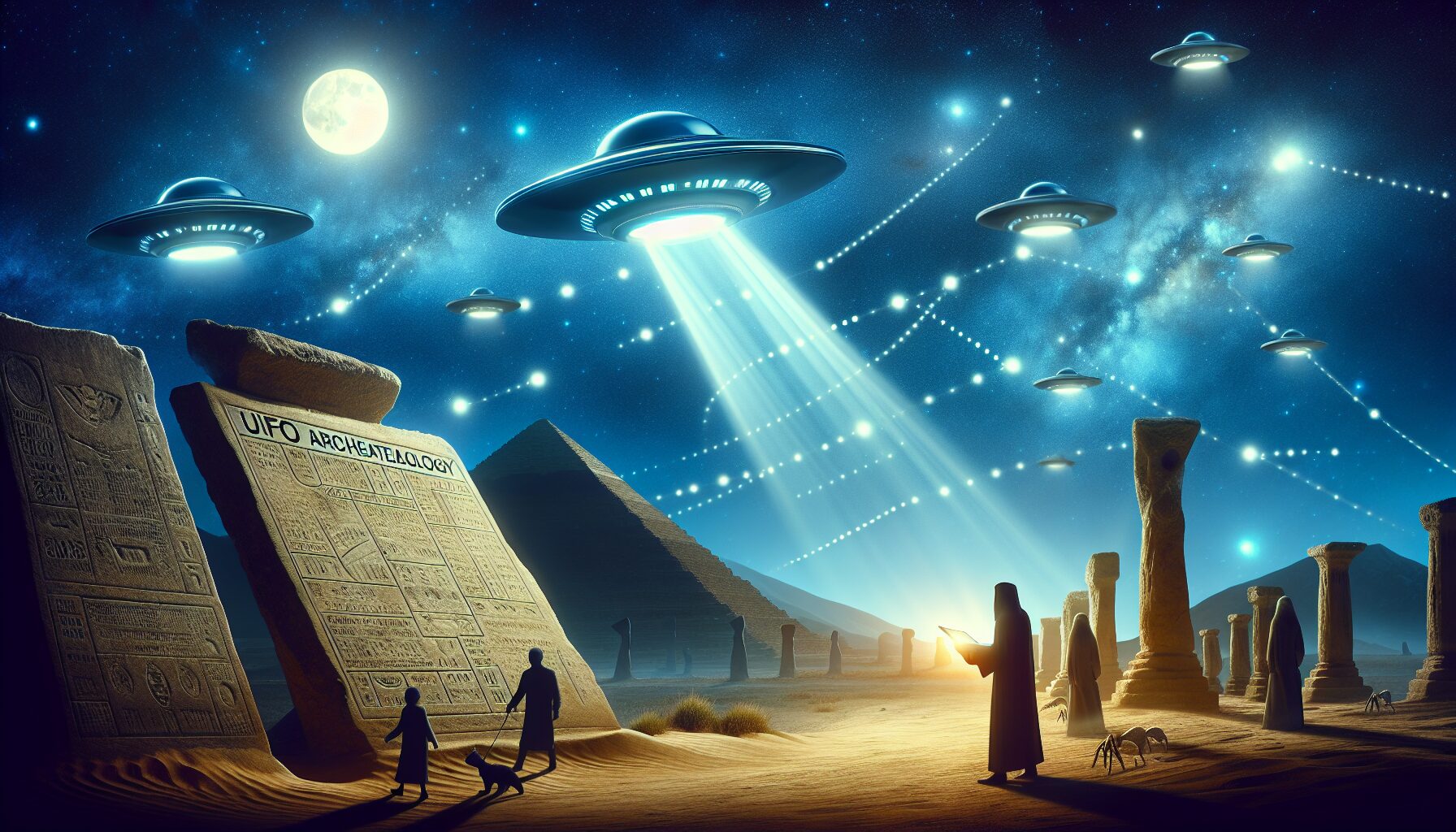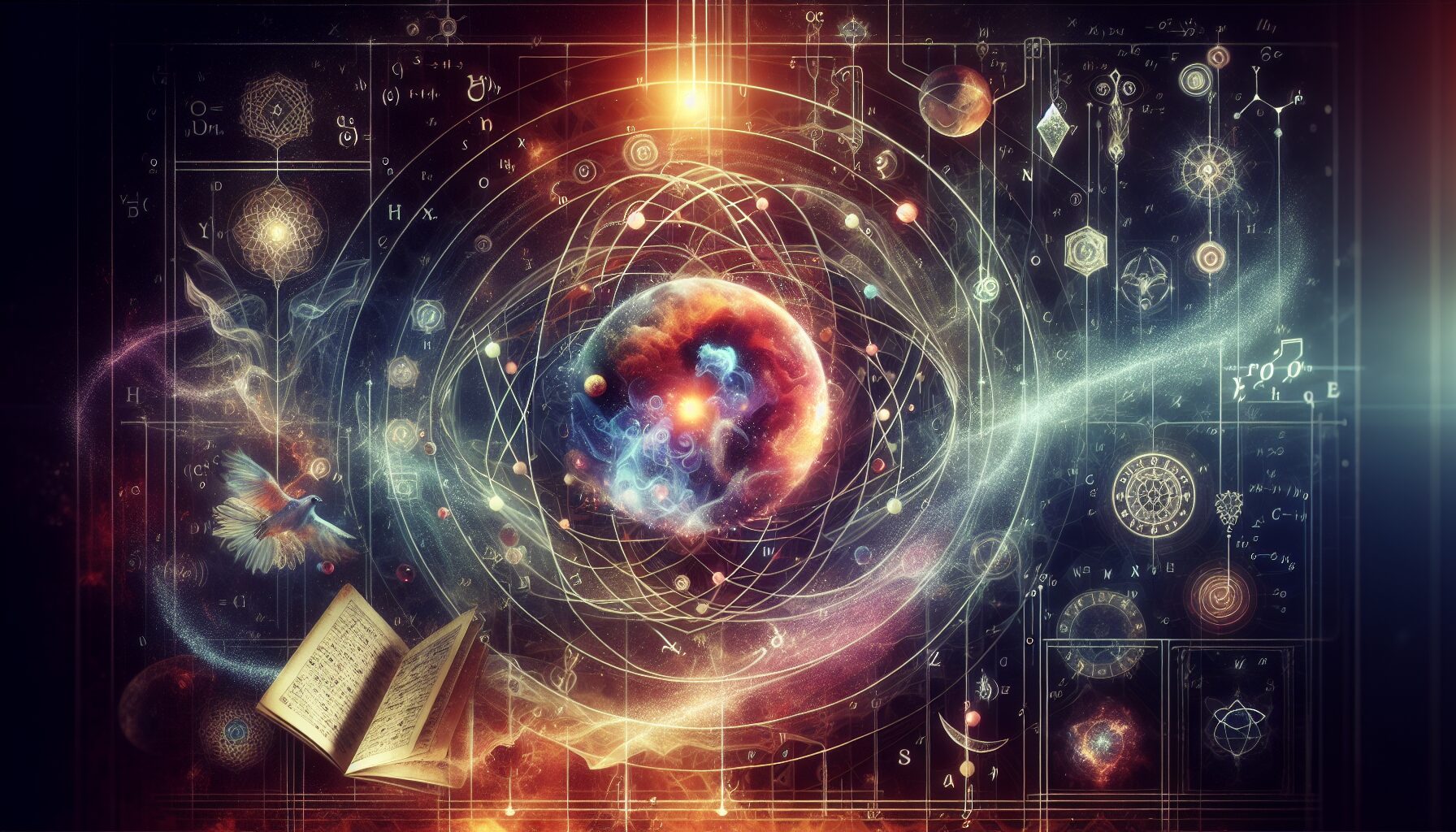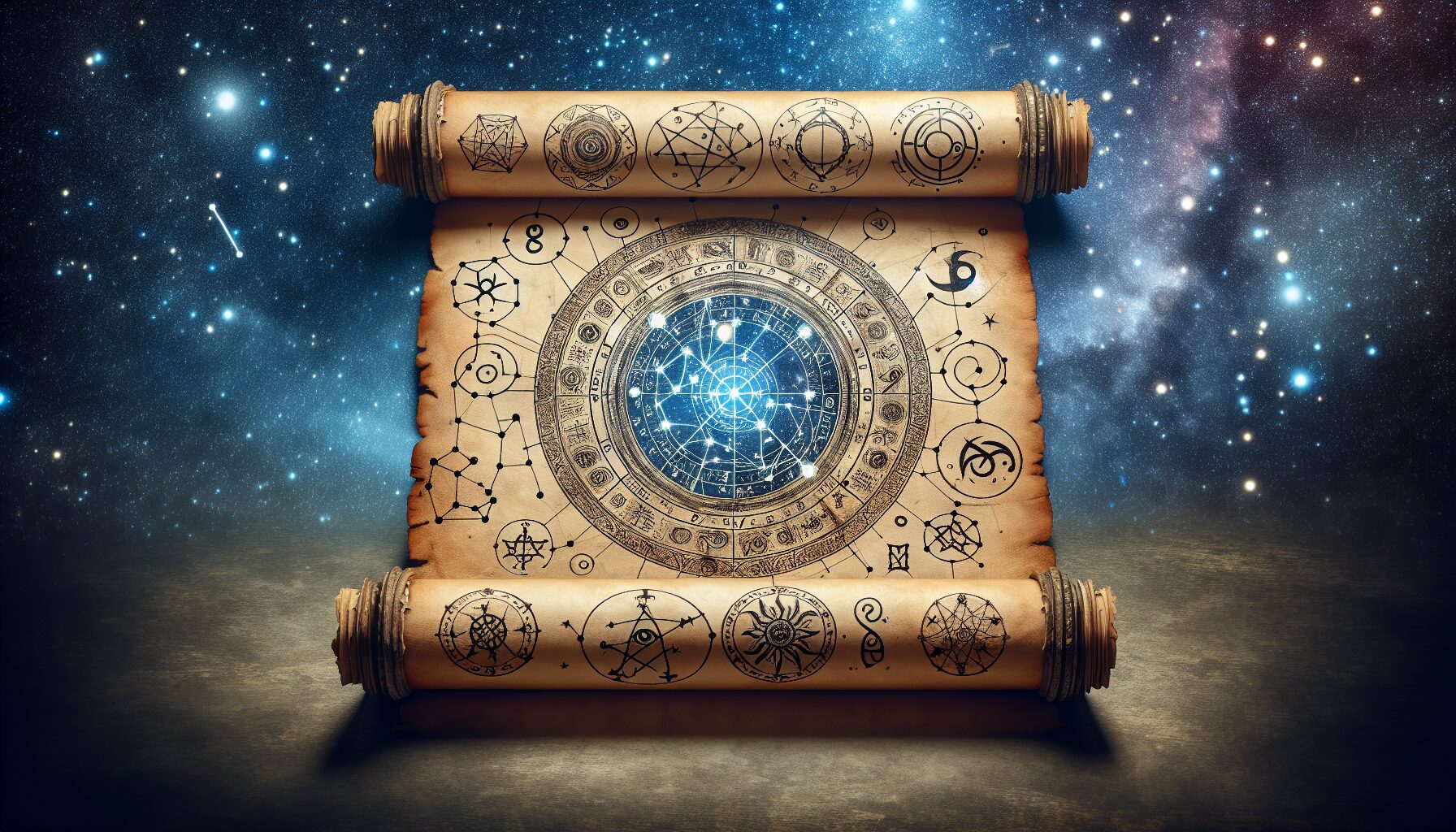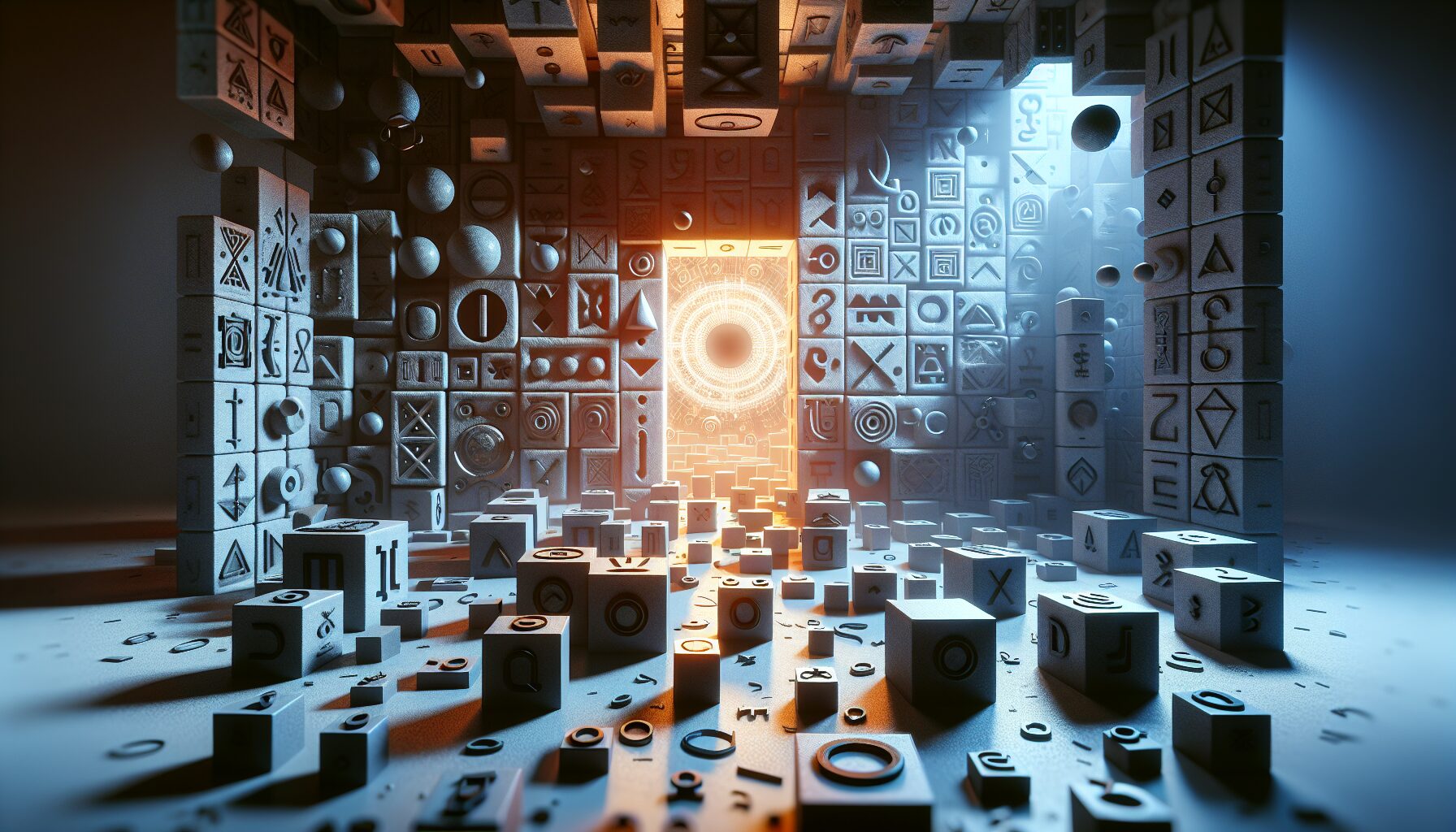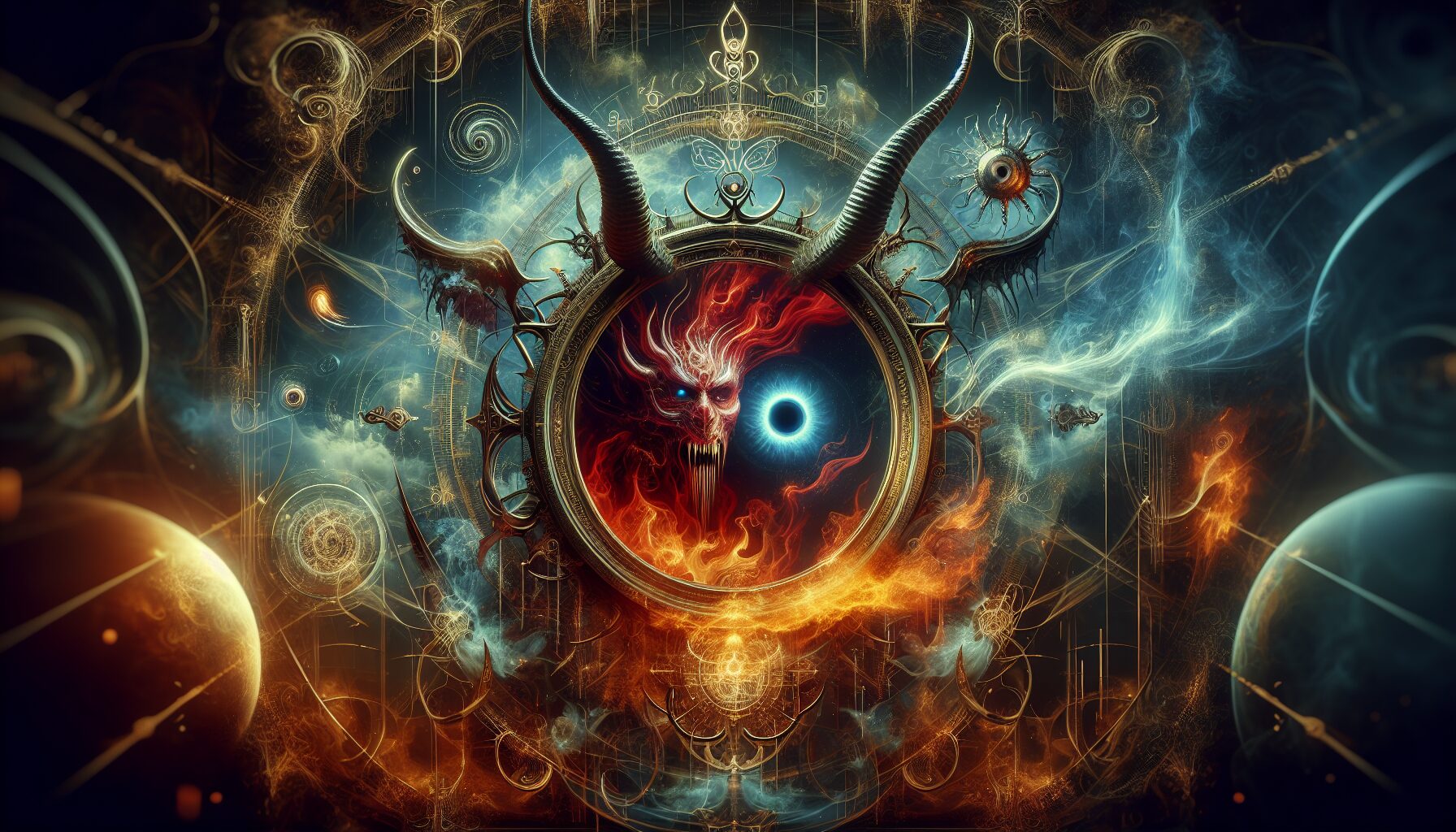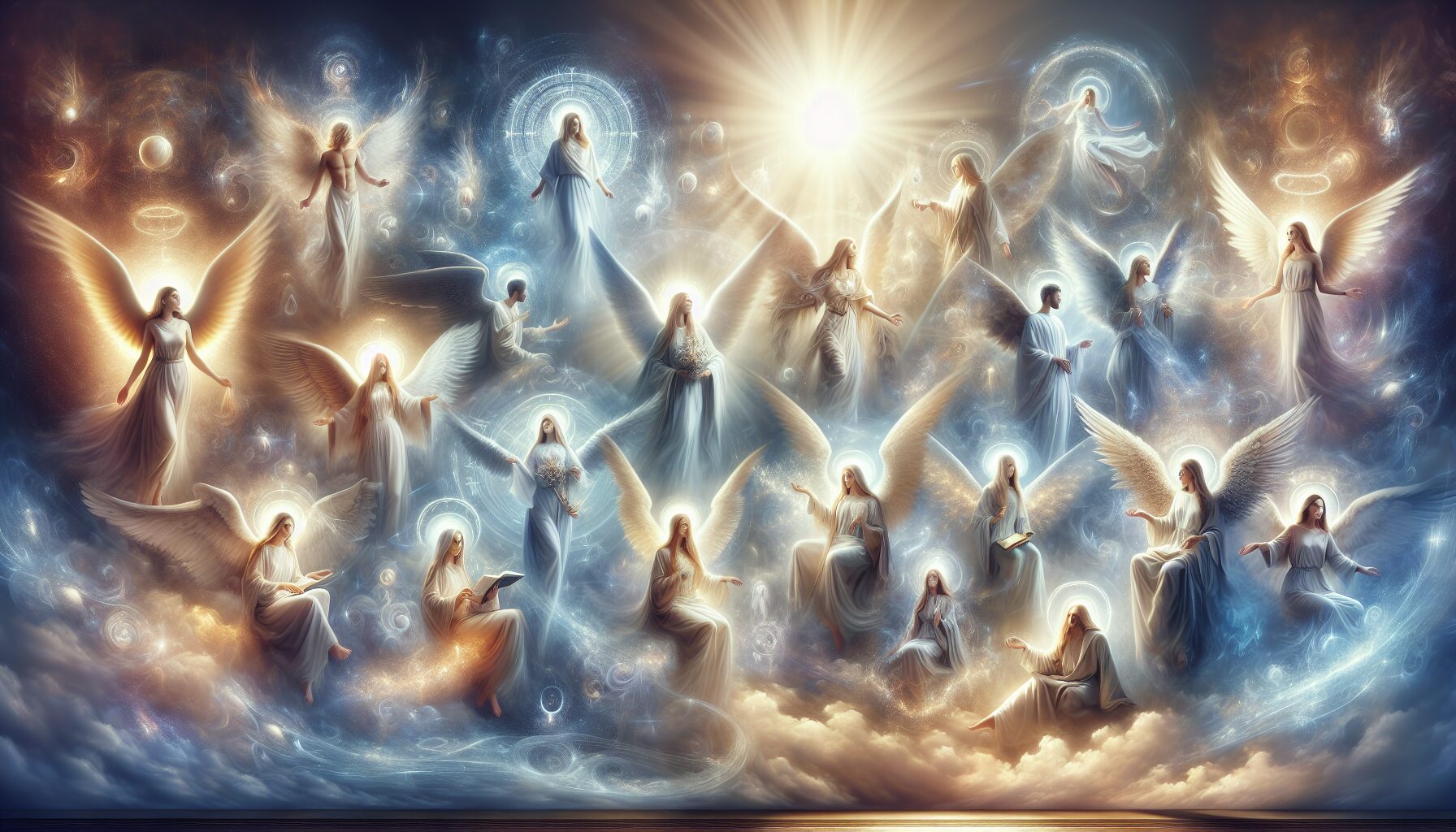Celestial Messengers: Angels Between Dimensions
Throughout history, angels have been prominent figures in various religious and spiritual traditions. Often depicted as divine messengers, these celestial beings are believed to exist between the human world and higher dimensions. But what role do they play in our lives, and how have they been perceived across cultures?
The Role of Angels in Religious Texts
In many religious texts, angels are portrayed as intermediaries between humans and the divine. The Bible frequently references angels delivering God’s messages to humans, as in the story of Gabriel announcing to Mary that she would bear the Son of God.
“The angel went to her and said, ‘Greetings, you who are highly favored! The Lord is with you.’” – Luke 1:28
Similarly, in Islamic tradition, angels (“malāʾika” in Arabic) are essential to the faith. According to Islamic belief, the angel Jibril (Gabriel) revealed the Quran to Prophet Muhammad.
Angels Across Cultures
Various cultures around the world have different interpretations and depictions of angels:
- Hinduism: While the concept does not align directly with the Abrahamic traditions, deities and celestial beings like devas play a similar role.
- Ancient Greece: The daimon or daemon was an intermediary spirit, somewhat akin to an angelic figure.
- Indigenous Beliefs: Many indigenous cultures have spirit guides or ancestral spirits serving as protectors and messengers.
The Concept of Angels in Modern Spirituality
In contemporary spirituality, the belief in angels has transcended traditional religion, often embraced by individuals seeking guidance from higher dimensions. Angel therapy, which involves harnessing the perceived power of angels to heal and guide individuals, gained popularity due in part to figures like Doreen Virtue.
“People love to believe in angels because they’re like a bridge between the known and unknown, seen and unseen. Angels are associated with goodness, purity, and bringing light.” – Doreen Virtue
This movement typically promotes personal empowerment through the idea that angels can be invoked to assist in facing life challenges.
Scientific Perspectives
Despite a lack of empirical evidence, interest in the metaphysical aspects of angels has piqued some scientific curiosity. Several psychologists and researchers analyze why humans are drawn to angelic imagery and the notion of protective, otherworldly beings. For many, angels serve as a comforting symbol that transcends the limitations of the mortal world, offering hope and solace.
“Humans have long been fascinated by the possibility of a higher power looking out for us. Angels personify the spiritual and emotional security that many people crave.” – Dr. Andrew Newberg, neuroscientist at the University of Pennsylvania
Angels in Art and Literature
Angels have been a source of inspiration in art and literature throughout history. From Renaissance paintings of cherubic beings to contemporary fiction featuring angels as protagonists, these celestial entities continue to captivate artists and audiences alike.
- Art: During the Renaissance, artists like Michelangelo and Raphael depicted angels in their iconic frescoes and canvases, often using them to portray themes of divinity and salvation.
- Literature: In John Milton’s Paradise Lost, angels play pivotal roles in the narrative, exploring themes of obedience and rebellion.
The Enduring Mystery of Angels
Angels remain enduring symbols of the mystical and the divine across human history. Whether as guardians, messengers, or guides, they represent humanity’s timeless quest for connection with something greater. While their existence between dimensions may lack scientific substantiation, their presence in cultural and spiritual consciousness endures, continuing to intrigue and inspire.
As our understanding of the universe expands, the question of angels existing between dimensions may someday find ground in science or remain a cherished mystery of human belief.
